A second day of testimony in the Derek Chauvin murder trial resumes Tuesday with a key witness picking up where he left off after telling how he repeatedly pleaded on a late-spring night for the now-fired Minneapolis police officer to set George Floyd free from the pavement.
Donald Williams II said Monday in Hennepin County District Court that his experience as a mixed martial arts trainer and fighter told him that Chauvin’s “blood choke” was squeezing the life out of Floyd, whose died that night after being pinned by the neck under the officer’s knee for more than 9 minutes.
Williams is back on the stand Tuesday morning, first fielding more questions from the prosecution and then under cross-examination by defense attorney Eric Nelson.
Before Williams and two other witnesses testified, Monday’s proceedings in the heavily fortified Hennepin County Government Center began with the prosecution and defense offering in their opening statements conflicting conclusions about what killed the 46-year-old Floyd.
Special prosecutor Jerry Blackwell played the widely seen bystander video of Floyd’s arrest, showing the unarmed and handcuffed man prone on the street under Chauvin’s knee, saying he couldn’t breathe, calling for his mother, writhing and falling silent.
Blackwell said, Floyd “died one breath at a time over an extended period of time” and that the cause of death — cardiopulmonary arrest — is the direct result of being restrained.
Nelson countered that “the evidence will show that Mr. Floyd died of cardiac arrhythmia that occurred as a result of hypertension, coronary disease, the ingestion of methamphetamine and fentanyl, and the adrenaline flowing through his body, all of which acted to further compromise an already compromised heart.”
On the evening of May 25, Williams happened upon the police scene while walking toward Cup Foods on E. 38th Street and S. Chicago Avenue. The 33-year-old security professional, wrestler and mixed martial arts fighter can be heard on the bystander video pleading with Chauvin and three other officers to check Floyd’s pulse and ease up.
Williams drew on his background when he said Chauvin had Floyd pinned in a “blood choke,” which compresses arteries or veins in the neck. He said he called out to Chauvin, who made eye contact once and looked away.
Then prosecutor Matthew Frank replayed a clip of the bystander video, asking Williams to point out what he called a “shimmy,” a repositioning by Chauvin to maintain or increase leverage on Floyd. As the video rolled, Williams noted when Chauvin’s knee or feet lifted and shifted, saying, “He just did it again. He just did it again.”
Chauvin is charged with second- and third-degree murder and manslaughter. Three other fired Minneapolis police officers, J. Alexander Kueng, Thomas Lane and Tou Thao, are expected to stand trial together in August on charges of aiding and abetting murder and manslaughter.
Monday’s first witness was Jena Scurry, the 911 dispatcher who handled the call for police that resulted in Chauvin and the other officers responding to the intersection where Floyd was detained.
Scurry described how she was troubled by seeing on wall-mounted dispatch screens how Floyd’s arrest played out on city surveillance cameras. The seven-year dispatch veteran said she was surprised at how long Floyd was on the pavement.
At one point, she described a “gut instinct” that “something was not right.” Her call to the shift sergeant was played in court.
“I don’t know, you can call me a snitch if you want to but we have the cameras up for [squad] 320’s call, and … I don’t know if they had to use force or not, but they got something out of the back of the squad, and all of them sat on this man …”
The sergeant responded that it was “just a takedown, which doesn’t count, but I’ll find out.”
Another witness Monday was 23-year-old Alisha Oyler, who was working at the Speedway gas station across the street from Cup Foods and who recorded part of the incident on her cellphone camera.
But during her testimony, prosecutors played the entirety of the incident as it had been captured on city street cameras from behind — as opposed to the viral bystander video that captured the front view.
Oyler said she shot video of Floyd’s arrest because police are “messing with people, and it’s not right.”
The 14 jurors, two of them alternates, are diverse beyond the population they were chosen from and cover many decades in age. Six of the jurors are people of color and eight are white. Nine are women, and five are men. Chauvin is white. Floyd was Black.
___
(c)2021 the Star Tribune (Minneapolis)
Visit the Star Tribune (Minneapolis) at www.startribune.com
Distributed by Tribune Content Agency, LLC.
—-
This content is published through a licensing agreement with Acquire Media using its NewsEdge technology.



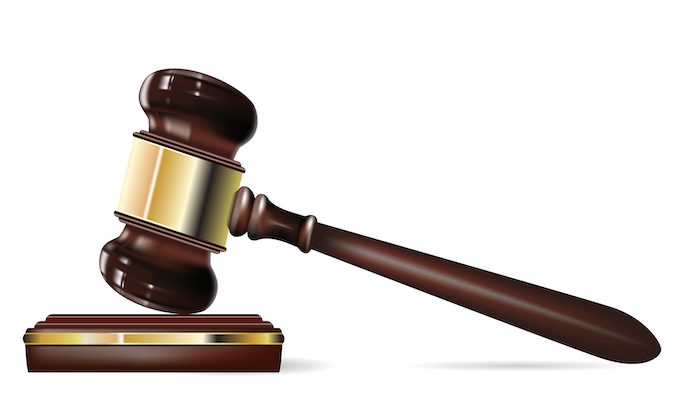
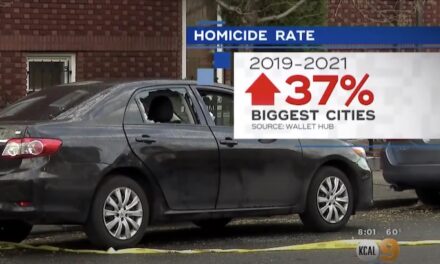
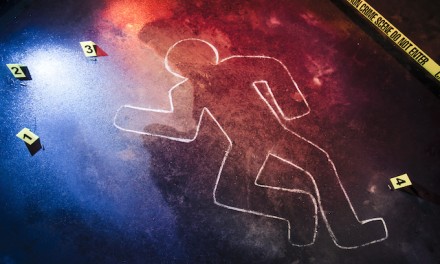

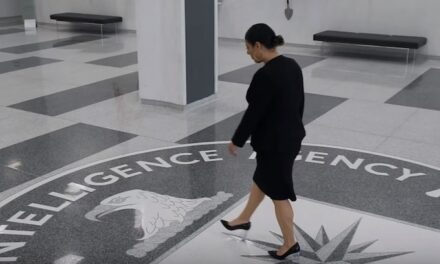










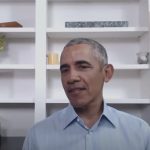
Recent Comments